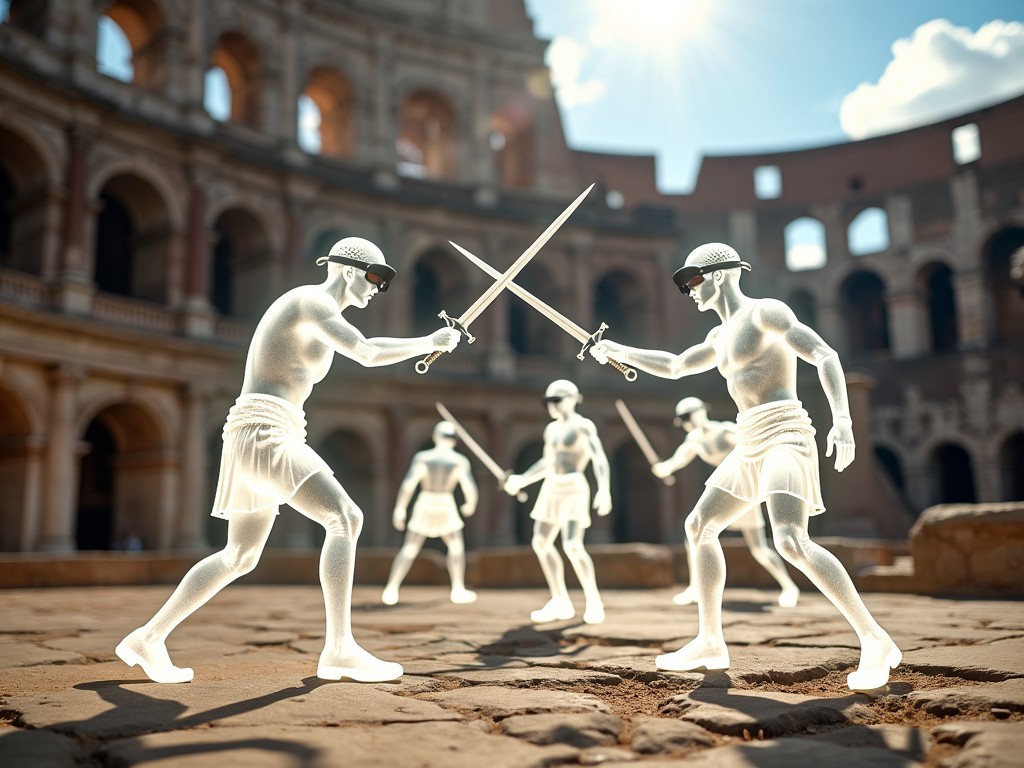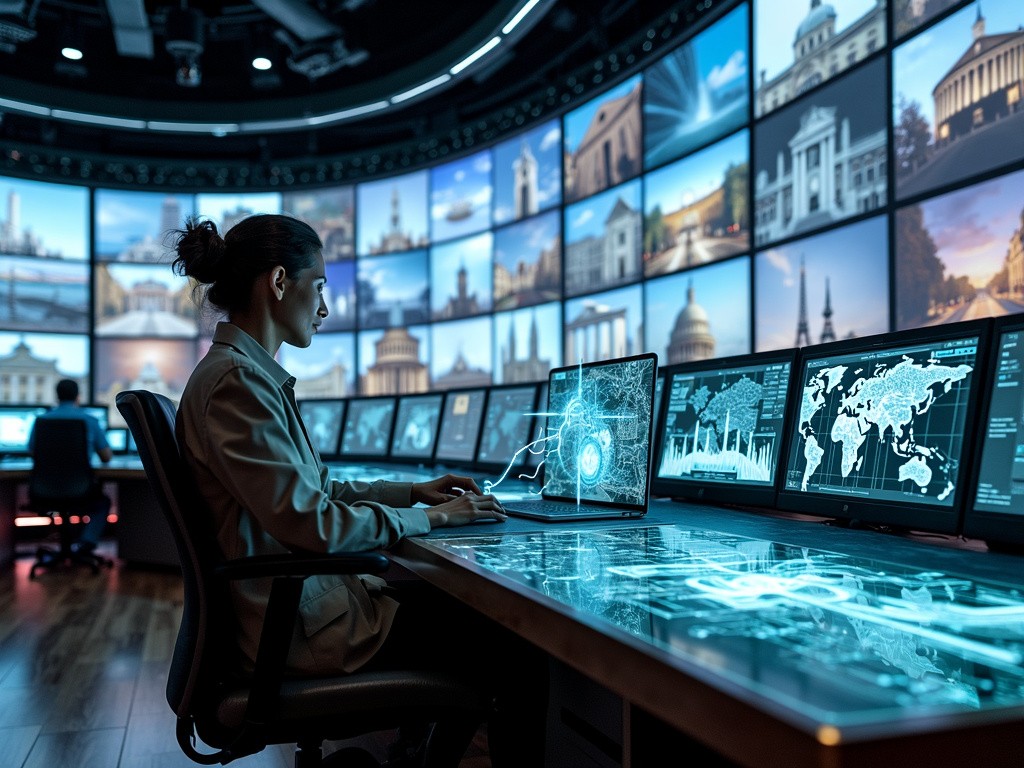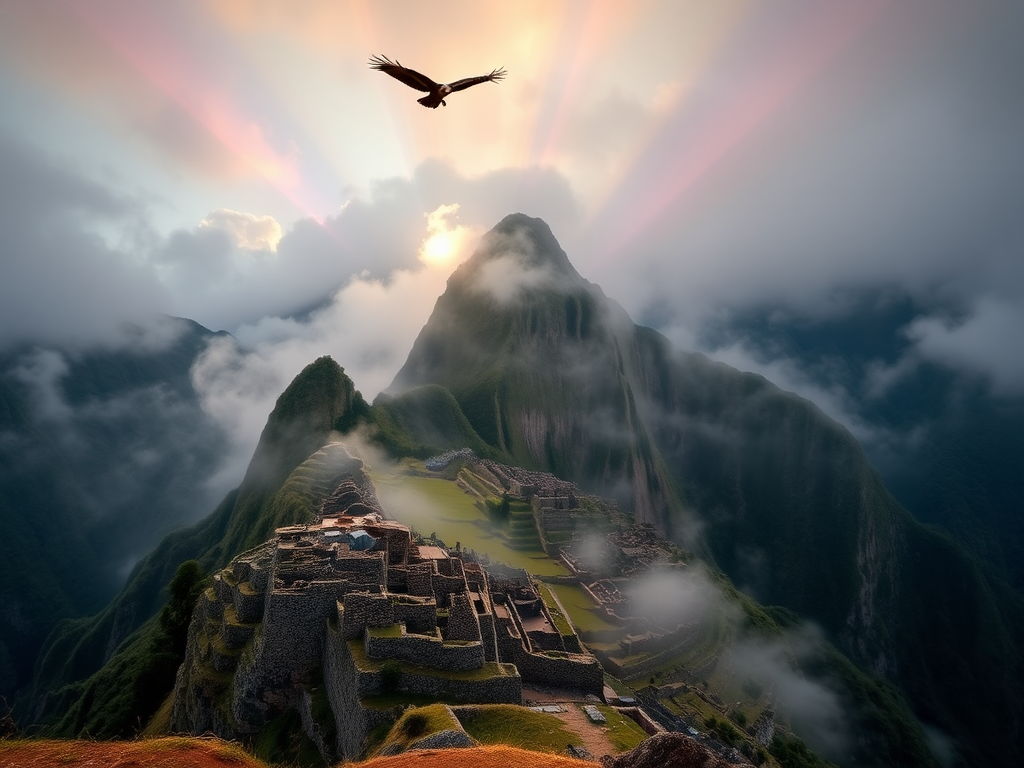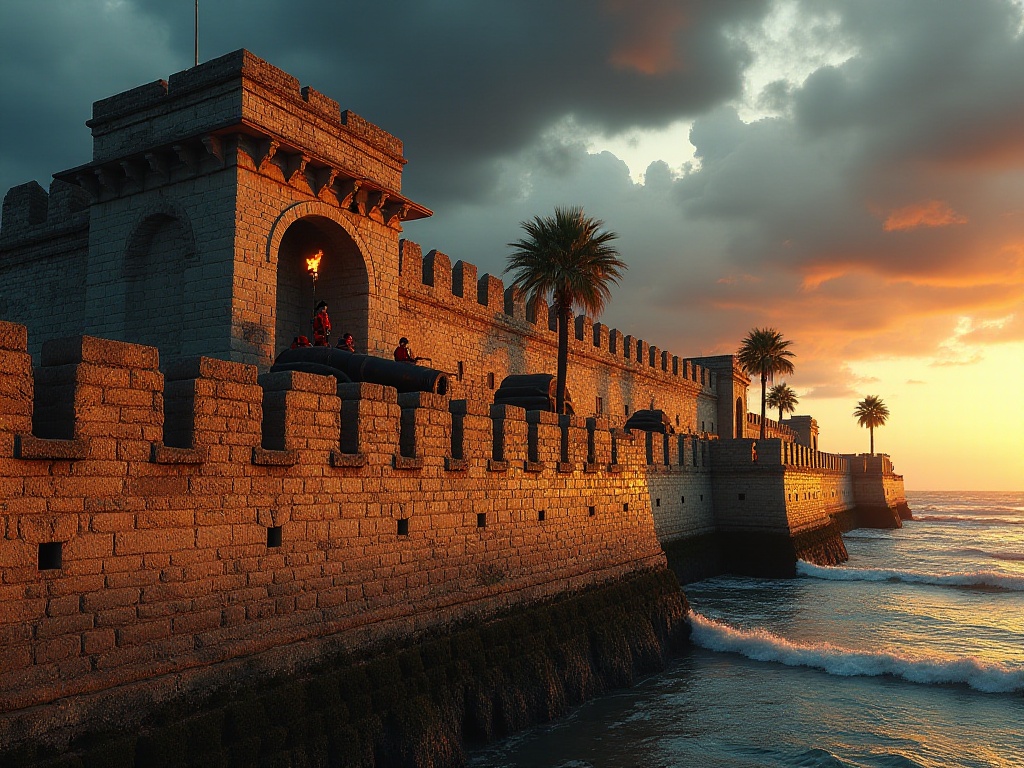First Encounter with Ayutthaya
Located 80 kilometers north of Bangkok, Thailand, lies an ancient city that amazes every visitor - Ayutthaya. As the capital of the Siamese Kingdom that flourished for 417 years, this place carries countless historical stories and cultural memories. In the summer of 2023, I first arrived here with my backpack and was immediately captivated by this ancient city.
Walking along the streets of the ancient city, the air still seems to be filled with the prosperity of yesteryear. Among the ruins, every brick and tile tells stories of past glory. Sunlight filtering through the branches of towering ancient trees casts dappled shadows on the ground, as if depicting the passage of time. Every corner of the ancient city makes one feel the weight of history, and every relic makes visitors pause in contemplation.
Historical Imprints
In 1350, an important decision changed the destiny of this land. King U Thong of the Siamese Kingdom, seeking a more suitable location for the capital, moved it from Sukhothai to this place. From that moment, Ayutthaya began writing its glorious chapter that would span four centuries.
The location of this ancient city was exceptionally favorable. Situated at the confluence of the Chao Phraya, Pa Sak, and Lopburi Rivers, the three waterways provided both defensive advantages and convenience for water trade development. The city planning was also ingenious, with clear distinctions between inner and outer cities and intersecting roads forming an orderly urban layout.
In that era, Ayutthaya was one of the most prosperous cities in Southeast Asia. Merchants from around the world gathered here, bringing distinctive goods from their respective countries. Chinese merchants brought fine silk and porcelain, Japanese merchants brought sharp blades, Persian merchants brought precious spices, Indian merchants brought dazzling gems, and European merchants brought advanced firearms.
This commercial prosperity brought not only material wealth but, more importantly, promoted cultural exchange and integration. Artistic styles from various countries converged here, ultimately forming distinctive Siamese art. From architecture to sculpture, from paintings to crafts, traces of this multicultural fusion can be seen everywhere.
During Ayutthaya's peak, its population reportedly reached one million, which was quite rare in Asia at that time. The city was home not only to locals but also to merchants, craftsmen, and missionaries from around the world. They brought their own lifestyles and cultural traditions, making Ayutthaya a truly international metropolis.
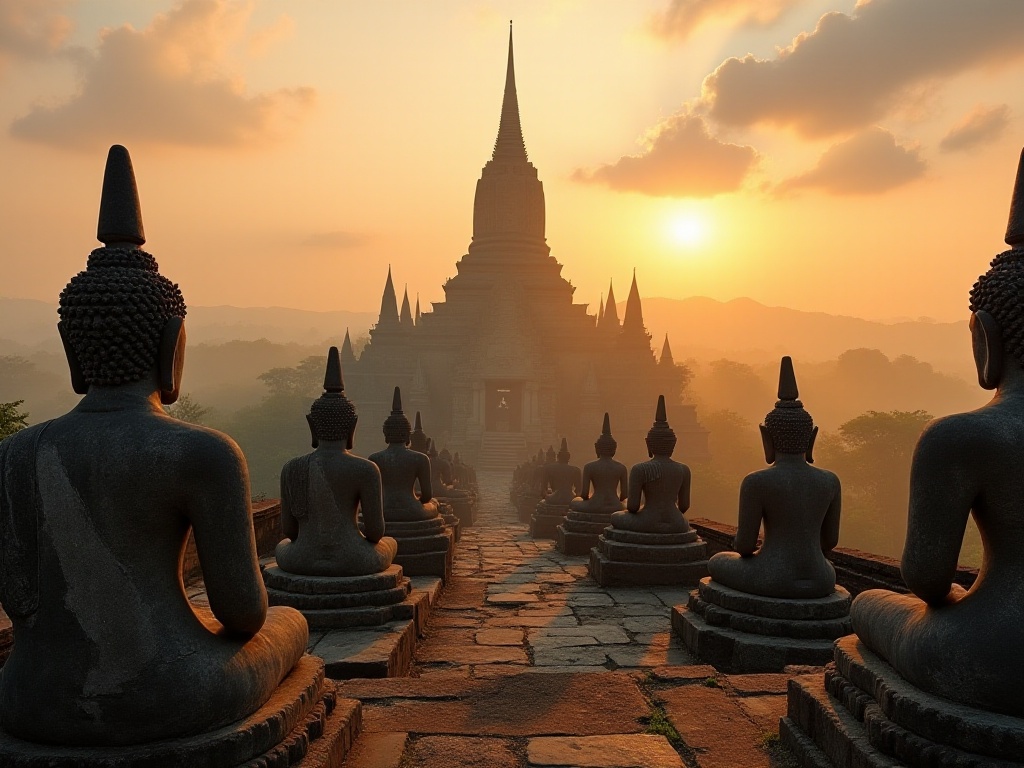
Architectural Beauty
Walking through the ruins of Ayutthaya, the most striking features are its magnificent Buddhist architectural complexes. These buildings are not only impressive in scale but more importantly, they showcase unique artistic styles. Here, you can see Khmer-style stupas, Siamese-style temples, and architectural decorations that blend multiple cultural elements.
Wat Phra Si Sanphet is one of the most representative buildings in Ayutthaya. Its three chedis stand towering over 50 meters high, an architectural marvel even by today's standards. The towers adopt traditional Siamese bell-shaped designs while incorporating Khmer-style lotus patterns in their decorative details. At dusk, when the setting sun's rays fall on these ancient towers, the entire structure seems to be coated in a layer of golden light, breathtakingly beautiful.
Wat Mahathat is truly the jewel of Ayutthaya. This temple, built in the 14th century, has witnessed Ayutthaya's rise and fall. The most famous sight in the temple is the Buddha head entwined by banyan tree roots. This is not a man-made landscape but an artwork created by nature. Over hundreds of years, the banyan tree's roots gradually grew and firmly embraced this Buddha head, creating a heart-stirring image.
The Buddha's expression is serene and peaceful, forming a wonderful contrast with the intertwining roots above it. The roots are like the textures of time, telling stories of the years past. Whenever I stand before this Buddha head, I always feel an indescribable awe. This is perhaps the perfect fusion of nature and human culture, and also the most touching mark left by time in this ancient city.
Besides these famous buildings, Ayutthaya has many lesser-known but equally exquisite architectural remains. For example, the corridors of Wat Worachettharam preserve beautiful reliefs, and the stupa of Wat Phramongkhon Bophit shows unique architectural style influenced by Sri Lankan Buddhist art. Each building is like a history textbook, recording artistic characteristics and cultural exchanges from different periods.
These buildings are not just artworks but also crystallizations of ancient craftsmen's wisdom. Without modern mechanical equipment, they created these magnificent buildings using only simple tools. From basic masonry techniques to complex decorative arts, they all demonstrate extremely high levels of craftsmanship.
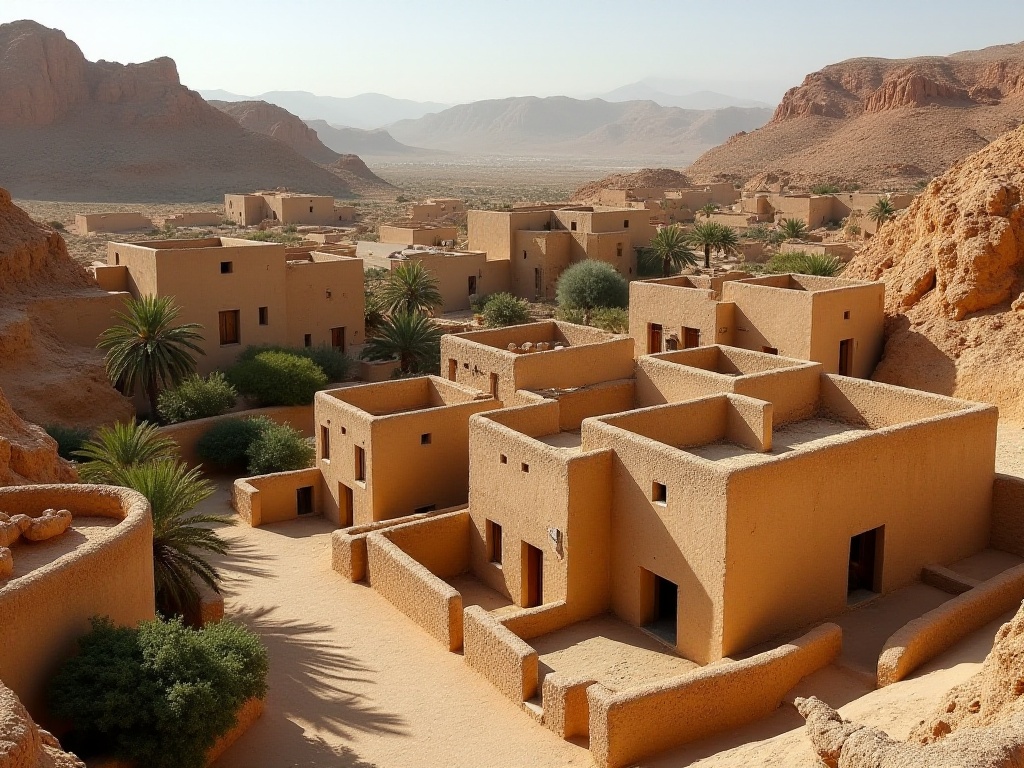
Travel Tips
To fully appreciate Ayutthaya's charm, choosing the right travel time is important. The ideal visiting season is from November to February of the following year. During this period, temperatures are moderate, usually between 20-30 degrees Celsius, with less rainfall. The pleasant weather not only makes sightseeing more comfortable but also makes it easier to take good photos.
Transportation from Bangkok to Ayutthaya is very convenient. You can choose to take the train from Bangkok's Northern Station, which is the most economical way, with ticket prices ranging from 15-100 baht depending on seat class. The train journey offers beautiful views of Thai countryside. However, note that Thai trains often run late, so allow plenty of time.
If you want more freedom in arranging your itinerary, hiring a private car is a good option. A private car from Bangkok to Ayutthaya costs between 2000-3000 baht. Although more expensive, it allows more leisurely exploration of various sites, and drivers are often familiar with the area and can provide many useful suggestions.
Regarding admission fees, the 2024 ticket price is 450 baht, approximately 90 Chinese yuan. While not cheap, it's reasonable considering the site's scale and cultural value. The ticket is valid for one day, so it's recommended to arrive early to have enough time for sightseeing.
Within the site, renting a bicycle is a great option. Bicycle rental is very cheap at only 50 baht per day. Cycling not only saves energy but also allows you to appreciate the scenery along the way more leisurely. However, note that Thailand's weather is hot, so remember to bring sufficient sun protection and drinking water.
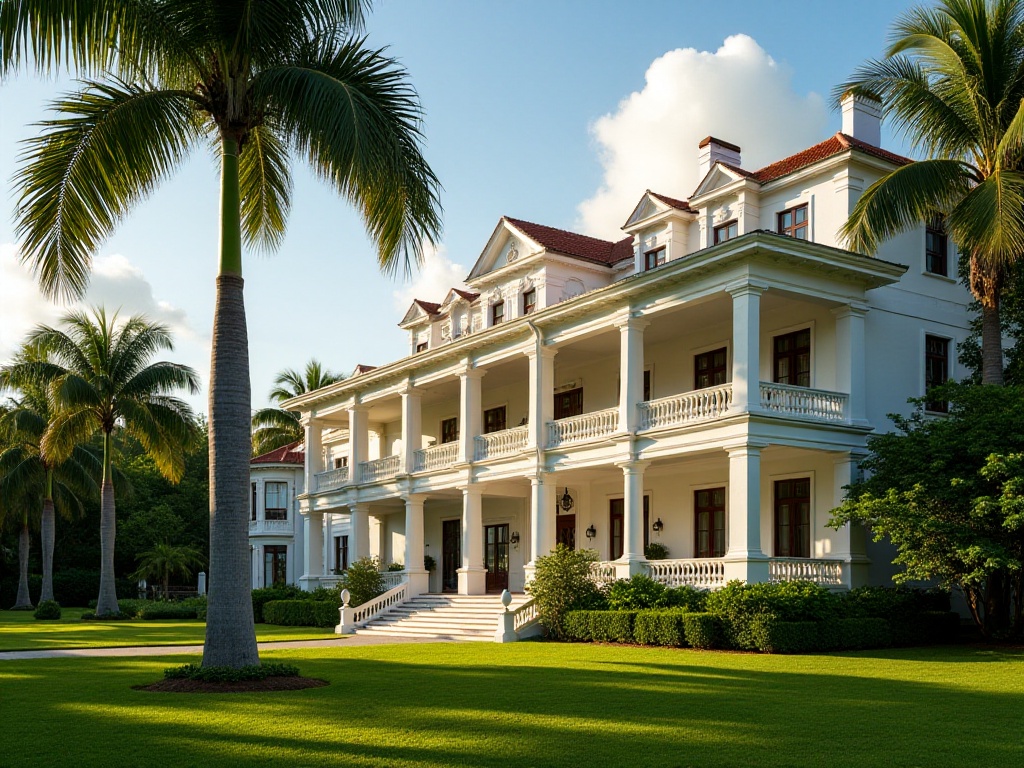
In-Depth Experience
To truly understand a city, merely seeing the sights is far from enough. In Ayutthaya, there are many special experiences worth trying.
First is the cycling experience. Renting a bicycle and riding leisurely through the ancient city in the early morning or at dusk is one of the most pleasant experiences. The ruins shrouded in morning mist appear particularly mysterious; the broken walls bathed in sunset take on a golden hue, full of poetry. Cycling along the city walls allows you to truly feel the scale and grandeur of this city.
The floating market is another must-not-miss experience. Although today's floating market mainly serves tourists, it still maintains traditional features. Sitting in a small boat, watching vendors on both banks selling various local specialties, smelling the spices wafting through the air, it feels like returning to Ayutthaya hundreds of years ago.
Food is also an important way to understand local culture. Ayutthaya has many specialty foods, the most famous being river prawn noodles. Fresh river prawns paired with smooth rice noodles, plus special sauce, create an unforgettable taste. Besides this, there are also specialties like Massaman curry and coconut ice cream worth trying.
If time permits, try participating in some cultural experience activities. For example, learn traditional Thai flower arranging or join a pottery workshop. These activities can help you understand Thai traditional culture more deeply. Some temples also offer meditation courses, allowing you to experience the essence of Buddhist culture.
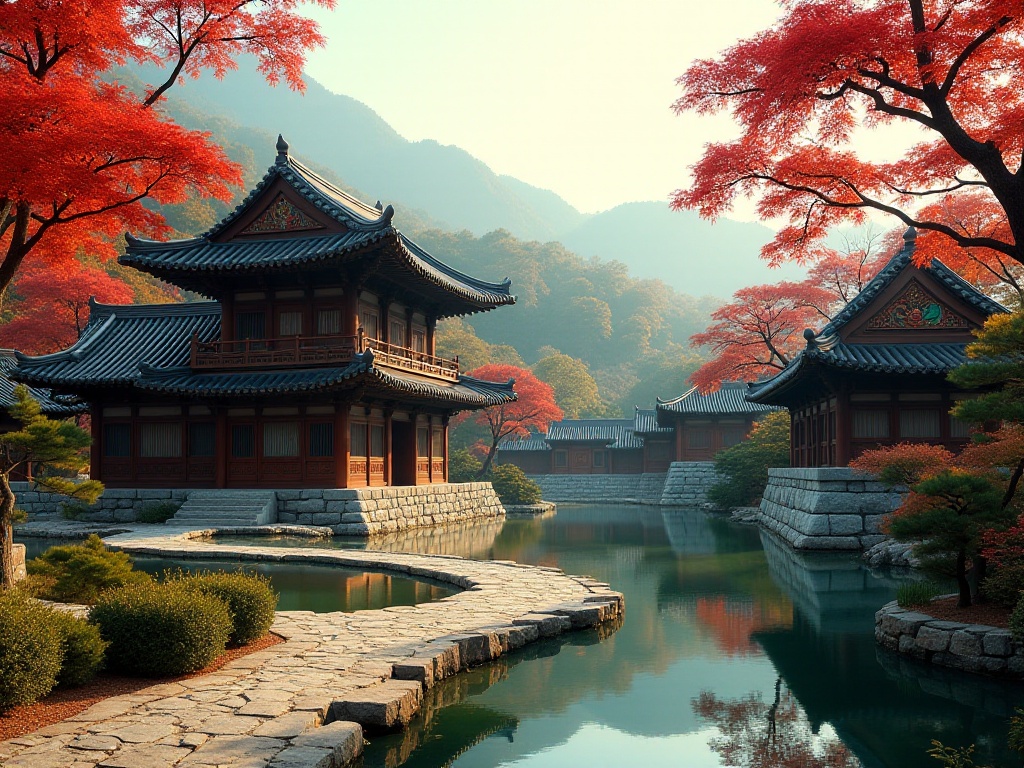
Future Prospects
Archaeological excavation work in Ayutthaya continues. In late 2023, archaeologists made important discoveries in the Wat Mahathat area. They unearthed a batch of well-preserved ceramics and Buddha statue fragments, providing new materials for studying ancient Siamese craftsmanship and religious art.
These new discoveries indicate that Ayutthaya still has many secrets waiting to be uncovered. Archaeologists are using advanced technologies, such as ground-penetrating radar, to search for more cultural relics. Each new discovery deepens our understanding of ancient Siamese civilization.
Protection work is also ongoing. The Thai government and UNESCO are cooperating to protect and restore ancient sites using new technologies. For example, using 3D scanning technology to record architectural details and applying new materials to reinforce ancient ruins. These efforts are all aimed at allowing this ancient city to continue telling its story.
Ayutthaya is not just a World Heritage site but a living museum. It shows us a glorious civilization and lets us feel the collision and fusion of different cultures. Each visit brings new surprises and insights.
If you also want to take an in-depth cultural journey, Ayutthaya is definitely a recommended destination. It will take you through time and space to experience a Thailand completely different from modern Bangkok. Here, history is not cold text but a tangible reality.
What makes this ancient city so charming? Perhaps it's its unique architectural art, perhaps its deep historical and cultural heritage, or perhaps the cultural fusion it symbolizes. Everyone might have different answers, but one thing is certain: Ayutthaya is always worth exploring and contemplating.
I've translated the Chinese text into American English, maintaining the original structure, content, and image references while ensuring natural English expression.




